Long before stadium seating, reserved tickets, and smartphone apps, going to the movies was a distinctly different experience—one filled with unique rituals and shared cultural touchstones that have largely disappeared with time. The 1970s represent perhaps the last golden age of the classic moviegoing experience, when theaters still maintained traditions dating back to cinema’s earlier decades while embracing the new freedoms of a changing society. For those who experienced it firsthand, these lost practices can trigger powerful nostalgia, while younger generations might be surprised at just how different a night at the movies used to be.
1. The Endless Double Feature
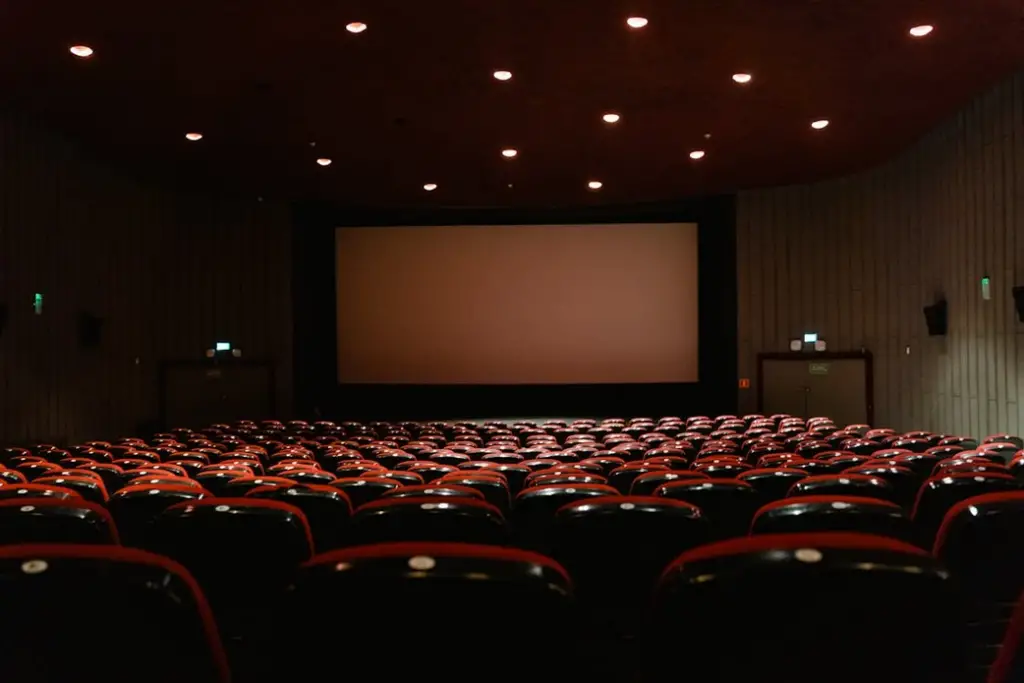
The standard movie ticket in the 1970s often bought you not just one film but two, packaged together as a “double feature” that could keep you entertained for the better part of a day. Theater owners would carefully pair films with complementary themes or starring the same actors, creating a curated viewing experience that gave audiences serious bang for their buck. The first movie was typically the “A” picture—the newer, more prestigious film—while the “B” movie that followed might be an older release or a lower-budget offering in the same genre. As recounted by The Ringer, the double feature enjoyed a bit of a comeback and has the latest generation yearning for its proper return.
Dedicated moviegoers would arrive with provisions and settle in for the long haul, sometimes spending upwards of four or five hours in the same seat. The intermission between features became a crucial stretch break and social time, with lobbies buzzing as viewers debated the merits of the first film while anticipating the second. The stamina required for these marathon viewing sessions created a different relationship with cinema—one where movies weren’t quick entertainment fixes but immersive experiences worth dedicating an entire afternoon or evening to enjoying.
2. Lobby Card Displays in Glass Cases
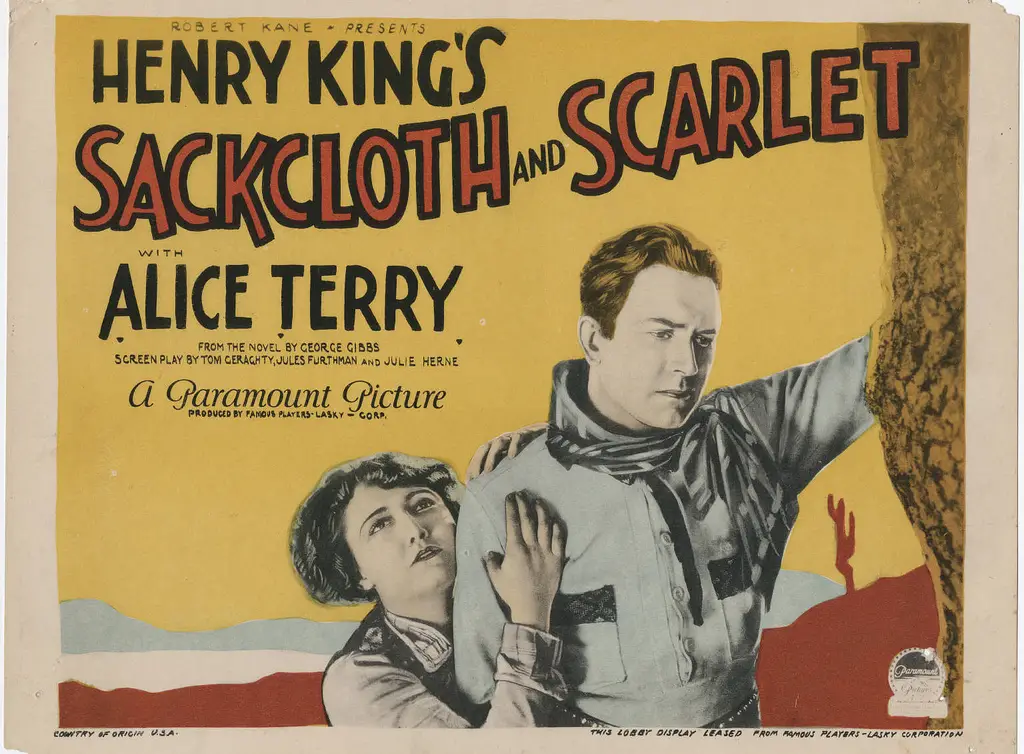
Before online trailers and social media marketing, movie theaters promoted upcoming attractions through elaborate lobby displays featuring “lobby cards”—typically a set of eight 11×14 inch scenes from the film printed on cardstock and displayed in illuminated glass cases. These curated glimpses into upcoming features allowed moviegoers to linger over specific moments from films they anticipated seeing, studying the expressions, costumes, and settings in detail. The artistic quality of these cards varied widely, from simple promotional shots to beautifully composed scenes that functioned as miniature movie posters. WalterFilm explores not only the history of lobby cards but why they’re worth collecting, if you can get your hands on any.
Studying the lobby cards became a ritual for regular moviegoers, who would arrive early specifically to browse these displays while discussing their expectations with friends or family. Collectors now prize these ephemeral promotional materials, but in the 1970s, they were working advertisements designed to entice viewers into returning for next week’s feature. The strategic placement of these display cases—typically near the entrance or concession areas—ensured that even those who came only for a specific movie would be tempted by what was coming soon to the same screen.
3. Ushers With Flashlights Showing You to Your Seat

Unlike today’s self-service model, theaters in the 1970s employed ushers who would physically escort you to available seats after tearing your ticket. These uniformed theater employees, often teenagers earning minimum wage, carried flashlights to illuminate the dark aisles without disrupting the viewing experience of those already seated. The ritual of being guided to your seat added a touch of formality and service to the moviegoing experience, regardless of whether you were at a grand movie palace or a modest neighborhood theater. Burlington Country Times even calls the usher a symbol of the Golden Age of cinemas.
Ushers served multiple functions beyond seating assistance, including enforcing theater rules, managing disruptions, and cleaning between showings. The flashlight-wielding usher became such an iconic part of cinema culture that their appearance to address misbehavior—typically indicated by a light beam suddenly pointed in the direction of noisy patrons—became a universal signal to quiet down. Some theaters maintained more elaborate usher traditions leftover from earlier decades, with military-style uniforms and formations that added to the sense that going to the movies was still a special occasion worthy of ceremony.
4. Coming Attraction Slide Shows

Before the era of polished digital trailers, many theaters in the 1970s presented upcoming films through simple slide shows projected onto the screen before the feature. These static images, often accompanied by instrumental music, would display the film’s title, stars, and perhaps a tagline, creating an atmosphere of anticipation without revealing too much about the plot. The low-tech presentation style required audiences to use their imagination, with a single compelling image standing in for what would now be a carefully edited two-minute trailer.
Smaller neighborhood theaters that couldn’t afford or didn’t receive trailer reels for every upcoming film relied particularly heavily on these slide presentations. The click-clack sound of the slide carousel advancing became a Pavlovian signal that the feature would be starting soon, prompting latecomers to hurry to their seats and others to make final trips to the concession stand. Despite their simplicity, these slides could generate significant buzz, especially when featuring tantalizingly mysterious images from highly anticipated films like “Star Wars” or “Alien.”
5. Cartoon Shorts Before Features
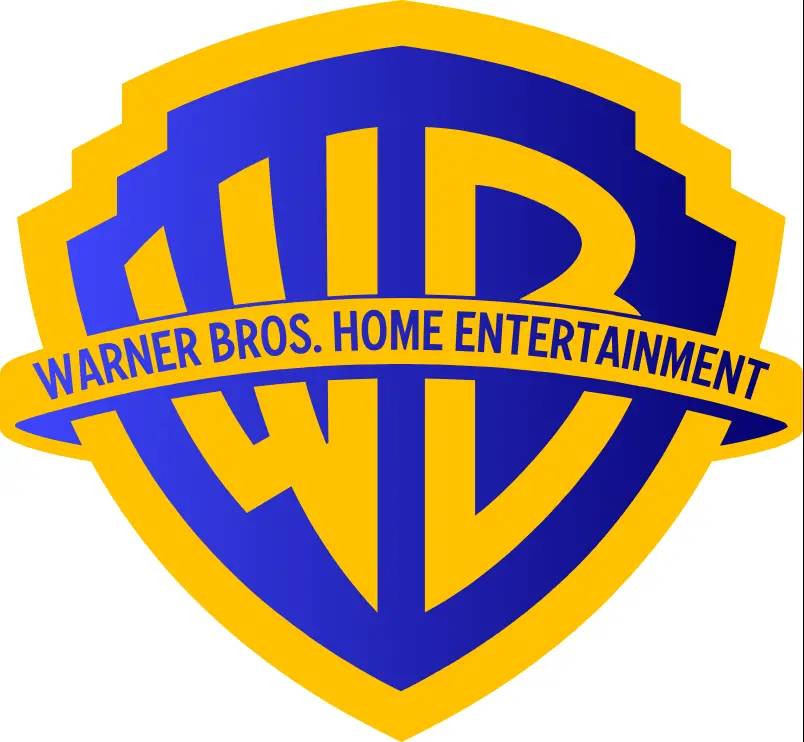
Many theaters maintained the tradition of showing animated shorts before the main feature, particularly for family films but sometimes even before adult-oriented movies. These brief cartoon interludes, often featuring familiar characters from Warner Bros. or MGM, served as appetizers before the main course and helped ease younger viewers into the theater experience. The appearance of Bugs Bunny or the Road Runner on screen would instantly quiet a restless audience of children, buying parents a few more minutes of peace before the feature-length film began.
By the 1970s, this practice was already fading in many venues, making its appearance something of a special treat rather than an expected ritual. Theaters that maintained the tradition often cultivated loyal family audiences who appreciated these bonus entertainments included in the ticket price. Some theater managers became known for their curatorial skills in matching appropriate shorts with features, understanding that a well-chosen cartoon could set the perfect tone for the film to follow.
6. Smoking Sections With Ashtrays in Armrests
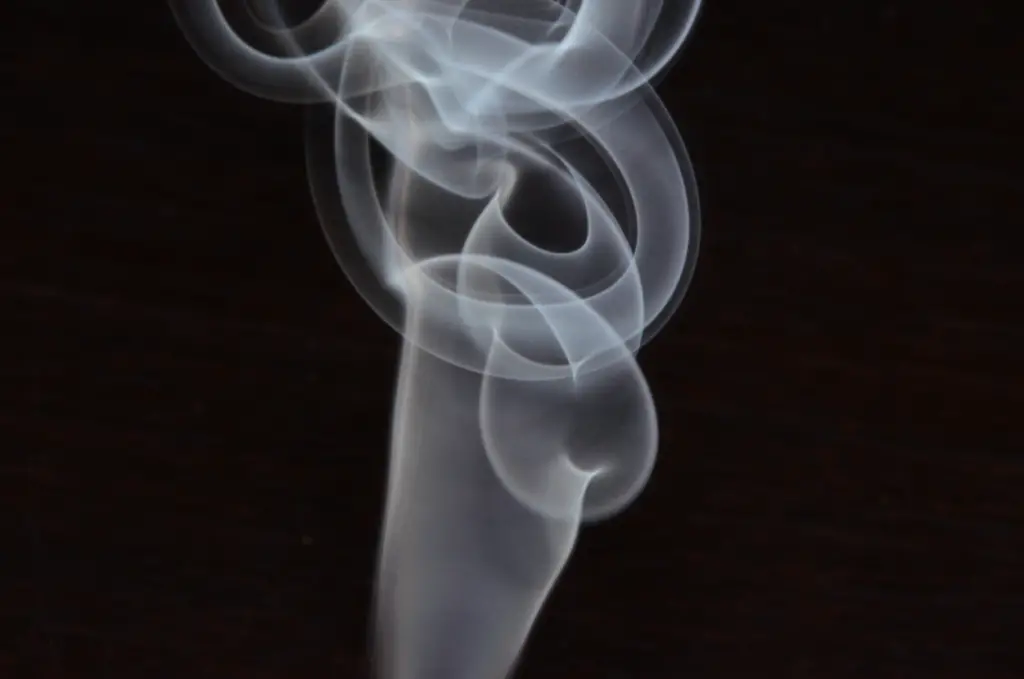
Many theaters throughout the 1970s featured designated smoking sections, typically in the back rows, where cinephiles could light up while watching the latest blockbuster. The armrests in these sections came equipped with metal or glass ashtrays, often bearing the theater’s logo, designed to discourage patrons from dropping ashes on the floor. The faint glow of cigarettes punctuated the darkness during dramatic scenes, creating a distinctive ambiance that seems almost unimaginable in today’s health-conscious environment.
The cloud of smoke that hovered near the ceiling by the end of a packed showing would occasionally drift through the projector beam, creating visible light rays that some found atmospheric and others merely irritating. Nonsmokers grew accustomed to strategically choosing seats far from the smoking section, though in reality, the smoke rarely respected these artificial boundaries in the enclosed theater space. For many 1970s teenagers, sneaking into the smoking section represented a small act of rebellion, regardless of whether they actually smoked or simply wanted to project a more mature image.
7. Newsreels and Shorts on Current Events
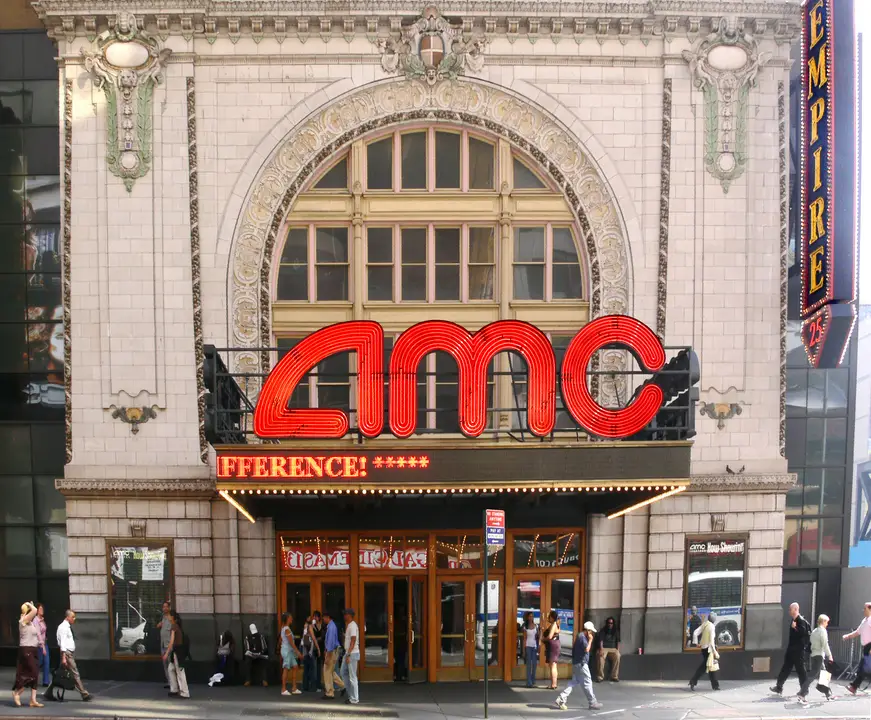
Though declining in popularity as television news became dominant, some theaters in the early 1970s still showed newsreels or informational shorts addressing current events before the main feature. These brief documentary segments might cover everything from politics and international affairs to sports highlights and celebrity news, providing a shared information experience at a time when news sources were far less fragmented than today. The theatrical presentation of news—complete with dramatic narration and orchestral scores—made even mundane current events feel momentous and cinematic.
As the decade progressed, these traditional newsreels largely disappeared, sometimes replaced by more specialized informational shorts on topics like nature, science, or travel. The communal experience of receiving information this way—in a darkened room with strangers—created a different relationship with current events than the private, individualized news consumption that would follow in later decades. For many young people in the 1970s, these theatrical news presentations supplemented what they learned in school, providing glimpses of the wider world with production values that classroom films couldn’t match.
8. Intermissions for Bathroom Breaks and Refreshments
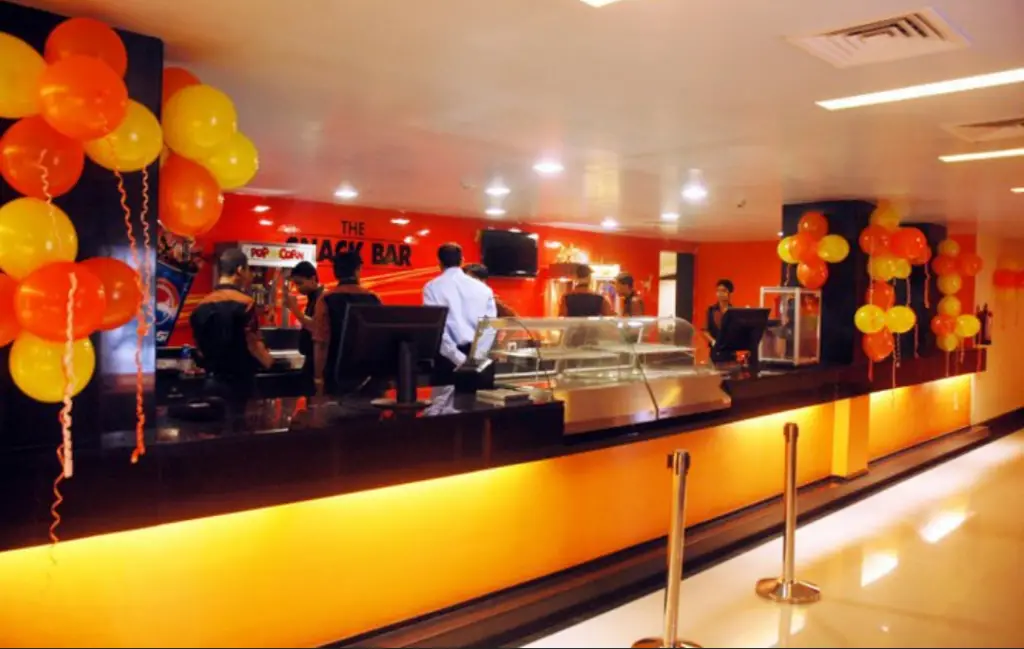
Feature films over a certain length often included a planned intermission, complete with intermission title cards or countdown clocks projecting when the movie would resume. These strategic breaks, typically around the film’s midpoint, allowed for bathroom visits and concession stand trips without missing crucial plot developments. The intermission music—often the film’s theme played on a continuous loop—created a distinctive atmosphere of suspended narrative, with audiences buzzing about plot twists and performances while queuing for popcorn refills.
Theater owners appreciated intermissions for the additional concession sales they generated, while filmmakers sometimes specifically designed their stories around this break, ending the first half with a cliffhanger to ensure audiences would return to their seats promptly. By the late 1970s, the practice was becoming less common as theater owners sought to increase the number of daily showings, making the films that still included them—like the original “Star Wars” in some venues—feel particularly epic in scope. The communal experience of discussing the film’s first half during intermission created a unique form of shared criticism that happened in real-time, rather than after the complete viewing experience.
9. Physical Ticket Stubs as Souvenirs

Before digital tickets and smartphone QR codes, movie admission came in the form of colorful cardboard tickets that many viewers saved as mementos of their experience. Theater tickets in the 1970s often featured distinctive designs with the theater’s name, logo, and sometimes even architectural elements from the building itself printed directly on the stub. The physical act of having your ticket torn and being handed back the stub marked the official beginning of the moviegoing ritual, a tangible confirmation that you had purchased entry into another world for a few hours.
Collecting ticket stubs became a popular way for cinema enthusiasts to document their viewing history, with dated tickets serving as proof of having seen major films during their original runs. Particularly dedicated movie fans maintained scrapbooks where these stubs were displayed alongside newspaper reviews, creating personalized archives of their cinematic journeys. The tactile nature of these souvenirs created a different relationship with moviegoing memory than today’s digital records, with faded colors and worn edges testifying to tickets carried in wallets or purses long after the credits rolled.
10. The Projectionist as Unseen Hero
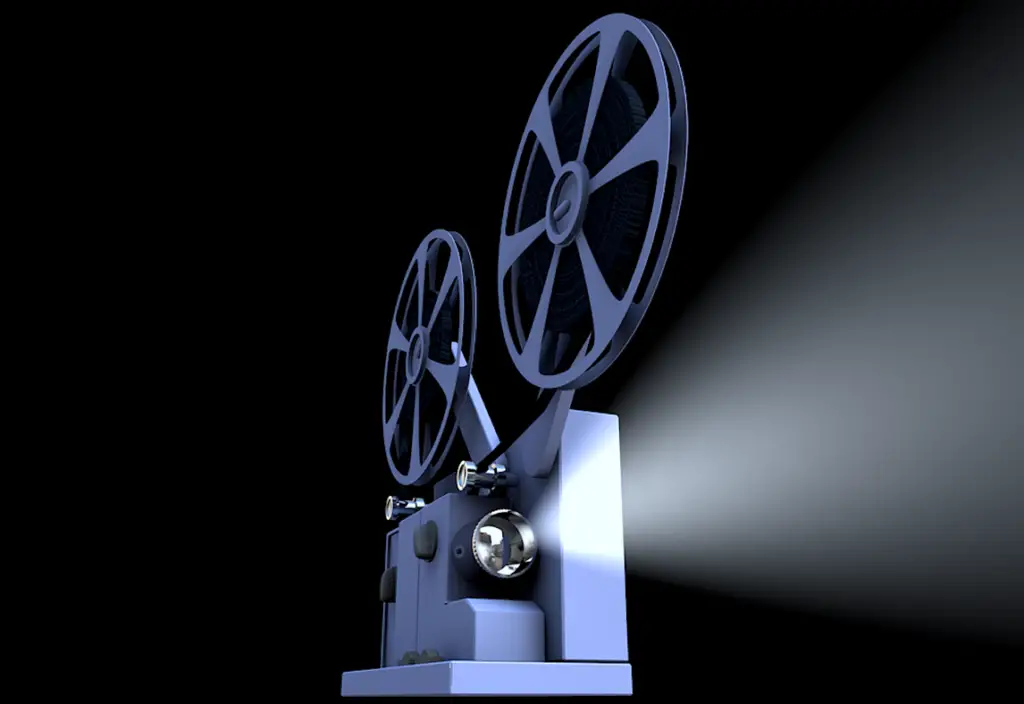
The film projectionist of the 1970s was a skilled technician whose expertise remained largely invisible unless something went wrong. Working in small, hot booths above the audience, these professionals managed massive 35mm projectors, perfectly timing the changeover from one reel to another without the audience noticing the transition. The projectionist’s domain was filled with the distinctive sounds of film running through sprockets and the mechanical whirr of the projector itself, creating a symphony of cinema that few audience members ever witnessed firsthand.
The relationship between projectionist and audience was one of anonymous trust—viewers rarely thought about the person responsible for keeping the image in focus and the sound at proper levels until a technical problem arose. In smaller community theaters, the projectionist might also serve other roles, coming down from the booth to sell concessions during slow periods or even taking tickets at the door before showtime. The subtle signs of the projectionist’s work—like the cigarette burns or “cue dots” that would appear briefly in the corner of the frame to signal an upcoming reel change—were familiar sights to attentive 1970s moviegoers, visual reminders of the human element behind the seemingly magical presentation.
11. The Balcony Experience

Many theaters built in earlier eras still maintained their balcony seating in the 1970s, offering an elevated viewing experience that came with its own social codes and expectations. The balcony typically cost slightly more than main floor seating but provided superior sightlines and what many considered a more exclusive atmosphere. In some venues, the balcony had developed a reputation as the preferred location for teenage couples seeking privacy, making these seats subject to more frequent monitoring by flashlight-wielding ushers on the lookout for excessive displays of affection.
Beyond romance, the balcony offered practical advantages for serious moviegoers, including less disruption from latecomers and better sound projection in the era before sophisticated audio systems. The physical separation from the main audience sometimes fostered a more intimate viewing community, with balcony regulars recognizing each other from repeated visits. As theaters were increasingly split into multiplexes later in the decade, many of these grand balconies were lost to renovation, making the experience increasingly rare and therefore more special when available.
12. Midnight Movies and Cult Film Rituals

The 1970s saw the rise of the midnight movie phenomenon, with theaters programming offbeat, controversial, or cult films at late hours to attract counterculture audiences looking for unconventional entertainment. Films like “The Rocky Horror Picture Show,” “El Topo,” and “Pink Flamingos” developed devoted followings who returned weekend after weekend, gradually developing elaborate participation rituals specific to each film. These midnight screenings transformed passive viewing into active performance, with audiences dressing as characters, memorizing dialogue to shout back at the screen, and bringing props relevant to specific scenes.
The community that formed around these screenings created a sense of belonging for those who might have felt alienated from mainstream culture, establishing the movie theater as a safe space for experimentation and self-expression. Theater managers who might have enforced strict behavior codes during regular showings often relaxed these rules for midnight screenings, understanding that audience participation was central to the appeal. For many young people coming of age in the 1970s, these late-night gatherings provided not just entertainment but identity formation, with regular attendance signaling membership in a self-selected community of like-minded individuals who found meaning in shared cinematic obsessions.
13. Hand-Changed Marquee Letters
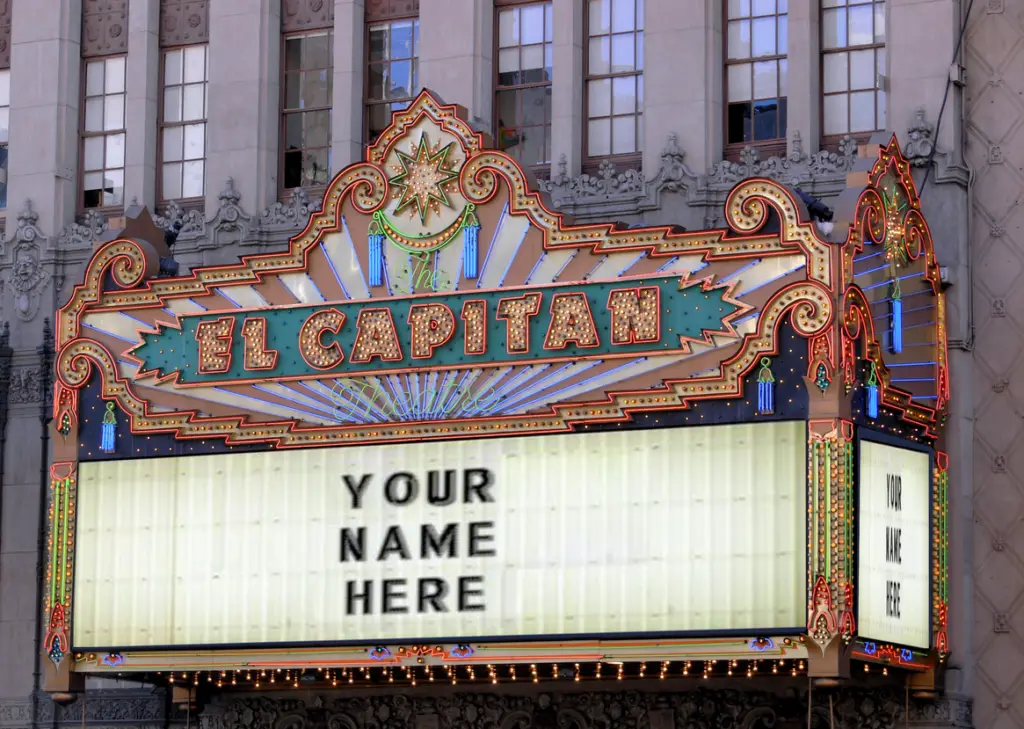
The theater marquee of the 1970s was a work of constantly changing public art, with staff members regularly climbing ladders to manually replace plastic letters announcing current features and coming attractions. This labor-intensive process required considerable skill, as marquee managers worked to fit film titles, star names, and sometimes brief review quotes into limited space while maintaining readable word spacing. The distinctive black letters against illuminated white backgrounds became iconic visual shorthand for cinema itself, frequently appearing in photographs and films of the era as symbols of entertainment and escape.
Clever or unusual marquee arrangements could become local talking points, with particularly witty combinations of titles sometimes photographed for community newspapers. The physical constraints of the marquee often necessitated creative abbreviations or arrangements, leading to occasionally unintentional humor when titles were positioned in unfortunate proximity to one another. As night fell and the marquee lights came on, these glowing announcements served as beacons drawing moviegoers through the darkness, their warm glow promising transportation to other worlds for the price of admission.
The moviegoing experience has always been about more than just the films themselves—it’s about the rituals, the spaces, and the shared cultural moments that surround the viewing. While today’s theaters offer technological advantages and comforts unimaginable in the 1970s, something of the ceremony and community of those earlier cinema experiences has been lost in our rush toward convenience and efficiency. Perhaps by remembering these forgotten practices, we can recapture something of the special occasion that going to the movies once represented—a time when the theater itself was as much a star as anything projected on its screen.


